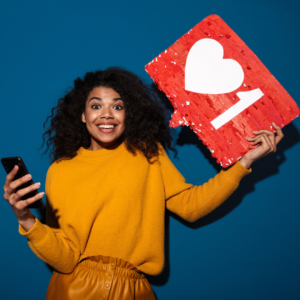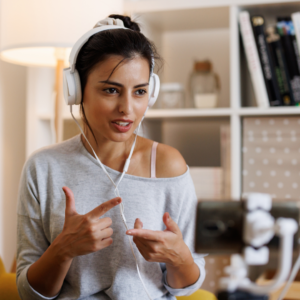Great little article that featured in business week earlier this week about how being creative and keeping up with modern trends / fads can lead to an interesting, creative and engaging form of marketing online
How to Turn Selfies (and Puppies) Into High-End Retail Sales
In a world increasingly filtered through Instagram (FB), a carefully crafted photo shoot starts to look dated. That’s why retailers are rushing to crowdsource their product shots—harvesting a stream of photos from social platforms to help sell everything from West Elm couches to Coach (COH) handbags.
The photos are typically curated in galleries, where each picture is linked to a page selling the product. Increasingly, the amateur images are also showing up directly on product pages, next to professionally styled pictures. “The path to purchase has evolved tremendously, and consumers are much more likely to trust their peers than a brand,” said Mimi Banks, director of social media at L’Oreal’s (OR:FP) Lancome brand.
The team at Lancome recently goaded women into posting portraits of themselves sans makeup for a project coded “#bareselfie.” The campaign urged women to “be proud of the skin you’re in,” but it also tied in nicely with one of Lancome’s newest products: a cosmetic called Dreamtone that promises to correct blemishes and weird skin tones without blush and powder.
Coach, meanwhile, is burnishing its brand with a website that collects photos from women wearing its shoes all over the world. The pictures—routed to the company via the hashtag #coachfromabove—aren’t a far cry from what one would find in a professional lookbook.
Both strategies constitute more than branding, according to Olapic, a New York-based startup that helps retail companies collect, curate, and display social content. Photo tie-ins from Facebook and Instagram increase the odds of a purchase by from 5 percent to 12 percent on average, according to co-founder Luis Sanz. What’s more, there is plenty of material: Olapic’s clients feature only about 4 percent of the photos they capture.
Galloway said Olapic is hitting a sweet spot in e-commerce: High-quality cameras are now standard in new smartphones, and consumers are searching for a sense of authenticity that’s lacking in traditional advertising. “If I can show a Coach bag looking great on me, it carries more credibility than if Annie Leibowitz makes it look great,” Galloway said.
The photos also prime purchases by addressing what might best be called a failure of imagination. For instance, consumers who like a throw pillow from West Elm, aWilliams-Sonoma (WSM) home-goods brand, might be more eager to buy if they see it paired with a particular couch or carpet. That’s one of the main strategies behind the company’s #myWestElm campaign, which went up in September.
“We don’t want to be style dictators,” said Abigail Jacobs, West Elm’s vice president of brand marketing. “And there’s this age-old thing that we love seeing inside other peoples’ homes. … The goal really is for them to inspire each other.”
An “inspired” customer is often a spendthrift customer. What’s more, social media lets retailers engage in an incessant exercise in AB testing. Coach, for example, might decide to make more of a particular shoe in red if photos of that color appear more often and get more positive feedback.
The practice isn’t entirely new, but it is spreading through the retail industry at a rapid pace. Web marketers are starting to develop best practices. Just this week, a pair of researchers at the University of Wisconsin unveiled an algorithm that promises to help retailers select the best photos to drive sales. The team found that increased purchasing activity comes from unfiltered photos without long captions, question marks, or exclamation points. In short, authenticity is all.
West Elm, meanwhile, has found another surefire attention-getter: pets. Everything gets more “likes” when it has an adorable animal on it. That’s just a law of the Internet—no research required.





